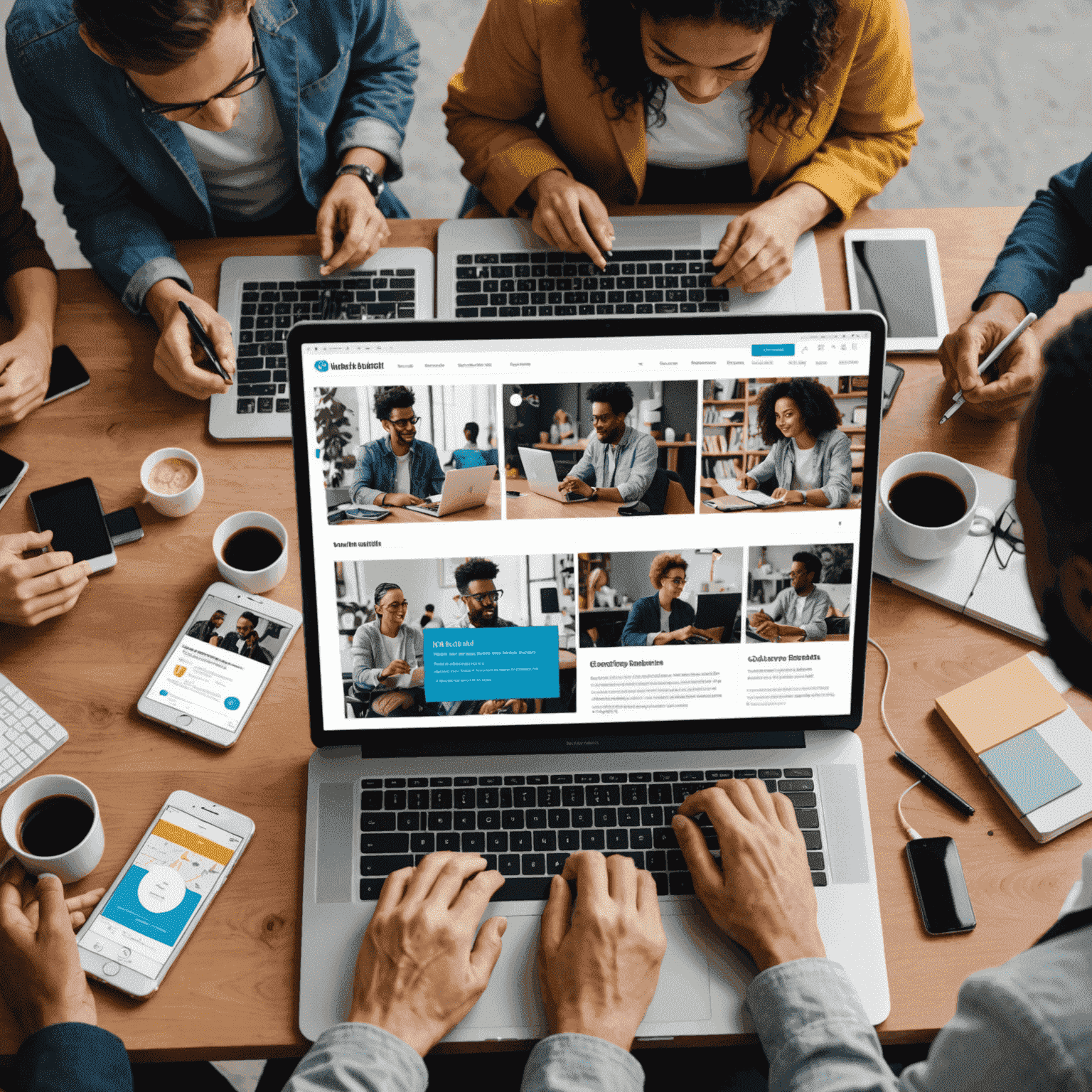Accessibility in Modern Web Design

In the rapidly evolving landscape of web development, accessibility has become a cornerstone of creating inclusive digital experiences. As AI tools revolutionize the way we build websites, they're also making it easier than ever to ensure that our digital creations are accessible to all users, regardless of their abilities or the devices they use.
The Importance of Web Accessibility
Web accessibility is not just a nice-to-have feature; it's a fundamental aspect of modern website development. It ensures that people with disabilities can perceive, understand, navigate, and interact with websites effectively. This includes individuals with visual, auditory, motor, or cognitive impairments.
How AI is Enhancing Accessibility
Artificial Intelligence is playing a crucial role in making websites more accessible:
- Automated alt text generation for images
- Real-time closed captioning for video content
- Voice navigation improvements
- Intelligent color contrast suggestions
- Adaptive interfaces that adjust to user needs
Best Practices for Accessible Web Design
While AI tools are making great strides, it's important for developers to understand and implement accessibility best practices:
- Use semantic HTML to provide structure and meaning
- Ensure keyboard navigation for all interactive elements
- Provide text alternatives for non-text content
- Design with sufficient color contrast
- Create responsive layouts that work on all devices
The Future of Accessible Web Design
As AI and no-code tools continue to evolve, we can expect even more innovative solutions for creating accessible websites. These advancements will not only benefit users with disabilities but will also improve the overall user experience for everyone.
Key Takeaway
Embracing accessibility in modern web design is not just about compliance; it's about creating a more inclusive digital world. With the help of AI-powered tools and no-code platforms, developers and designers can now build powerful, professional websites that are accessible to all, faster than ever before.
